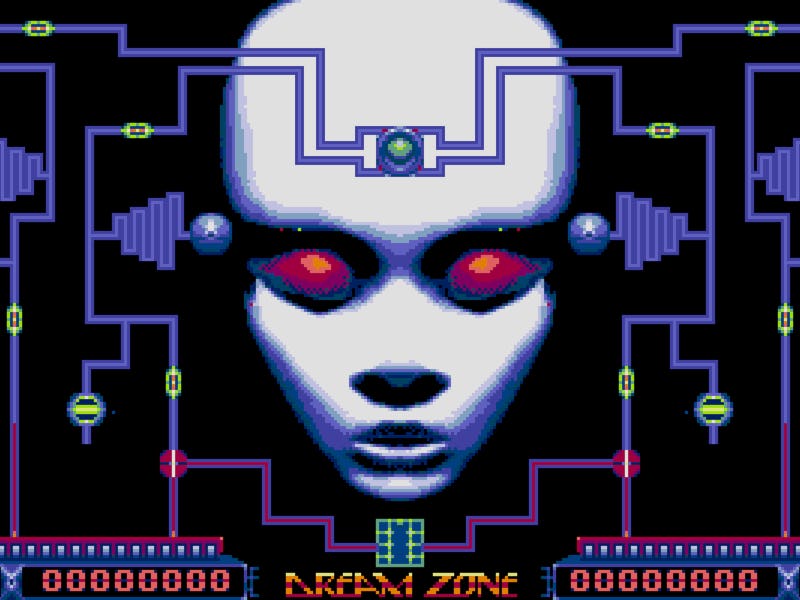"Interscatter" Turns Bluetooth Signals Into Wifi for Smart Devices
Cognitive brain boosters, smart contact lenses, and reparative nanobots — oh my!

We’ve long heard of how implanted smart devices will change everything. Smart contact lenses, neural recorders, and reparative nanobots are all great in theory, but we’ve yet to see them in practice. The catch? Power. In order to be “smart,” these devices need to communicate. Communication takes energy. But now, thanks to a team of researchers at the University of Washington, the catch is a catch no longer.
A simple tour of potential tech implants gives quick credence to the idea that they will, indeed, change everything. The smart contact lenses discussed by the researchers would monitor glucose, cholesterol, and sodium levels for diabetics, but such lenses could serve as Black Mirror-like in-eye computers.
Neural implants could monitor epileptic and Parkinsonian brains and thereby aid treatment; they can also send brain signals to prostheses to reanimate lost or paralyzed limbs. There are implantable contraceptives, cancer detectors, cognitive-boosting “neural lace” — countless applications. There’s just not enough juice.
The researchers’ breakthrough is pretty simple to explain but was no doubt difficult to achieve. Ideally, implants would be able to communicate via wifi on their own, but there are no power sources small, energetic, and durable enough to make that possible. The UW team, then, discovered the workaround. They created a backscatter system — or, as they’re calling it, “interscatter” — that transforms Bluetooth signals into wifi. Compared to current technologies, this solution consumes very little power, and it will no doubt improve with more work.
It’d function as follows: a Bluetooth-transmitting smartwatch sends signals to an implanted smart device. Once there, the system transmogrifies the Bluetooth signal into a wifi signal. A wifi-receiving smartphone or device then picks up this information-laden signal, and does with it whatever it will. If the implant were diagnostic, the smartphone or device would presumably relay or display the information. If the implant were actionable, the smartphone or device would presumably take the requisite action — i.e. trigger an insulin injection or get a prosthetic finger to waggle.
Ergo: the catch is a catch no longer.